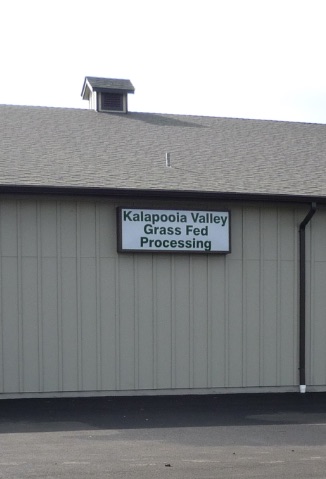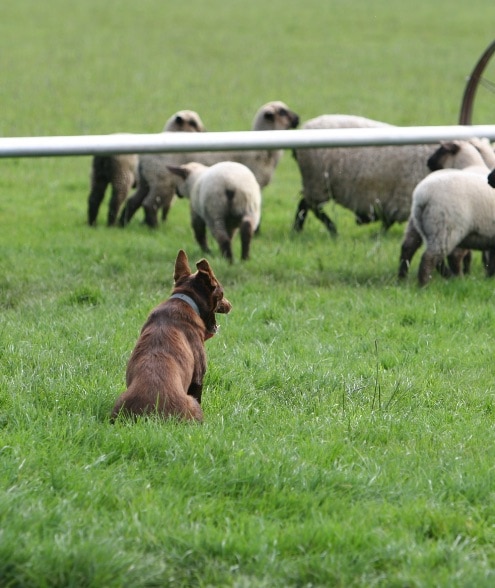Kalapooia Grass-fed lamb processing facility
It’s our story and our passion that make us different and better.
In 1927, there were over 500,000 sheep in the Oregon Willamette Valley, that number has declined since the late 40’s to an estimated 70,000. Processor consolidation came with the decline, resulting in decreased harvest and fabrication options for sheep producers in the west. In turn, the Anderson family decided it was time to support the industry and community that they loved, while also reducing the environmental impact and animal stress by building a local harvest and fabrication facility.
Kalapooia Valley Processing plant is a state-of-the-art facility, built in 2013, which currently harvests approximately 11,000 head per year split between their grass-fed lamb program and grass-fed beef program for which they co-pack. Kalapooia is a USDA inspected plant that was designed based on the famed Temple Grandin’s Best Standards for Humane Handling. In turn, not only do the animals have less stress from transportation as the plant is often within 1-10 miles of the pastures where the sheep graze but also there is less stress during the unloading and harvesting process. As part of their continued dedication the plant recently installed cameras throughout the facility to ensure food safety and quality management programs are part of the daily production and processing at the plant.
Travis Anderson manages the harvest and processing facility ensuring exacting cut and specification standards for all their foodservice and retail customers. Sustainability and community support have always been a part of the Anderson’s plans, the plant was built by local and with available local materials. The plant employs approximately 15 local-residents full and part-time as well. Also, the water-system used at the plant is recycled and used on the pastures. The family also runs a composting program utilizing many of the unused-by-products from the processing facility on another part of their ranch.


Sustainability
Anderson Ranches sustainable practices are unique and unmatched when compared to other lamb companies. For Robyn and Reed this has always been at the forefront of their business model. Each of Anderson’s companies, utilize one-another to ensure sustainability and profitably across companies and the environment in which they reside.
